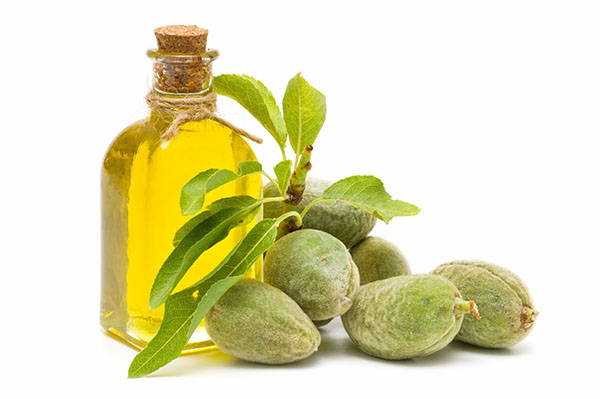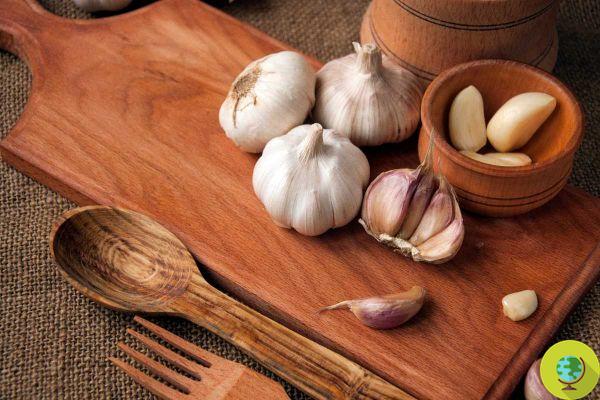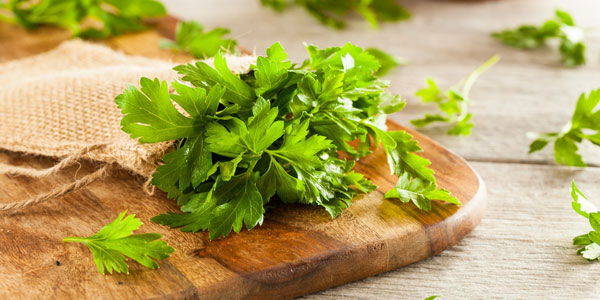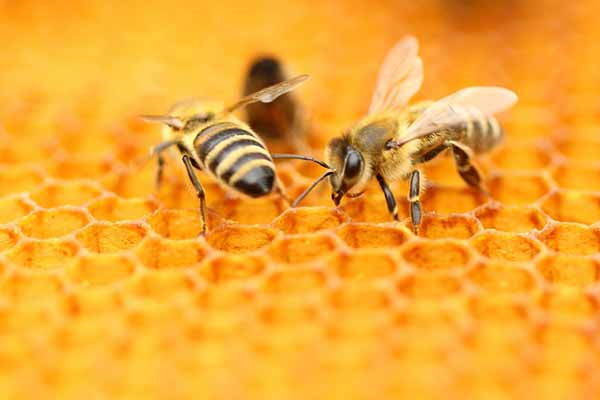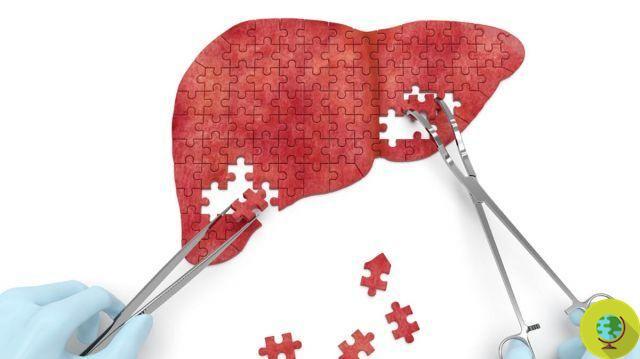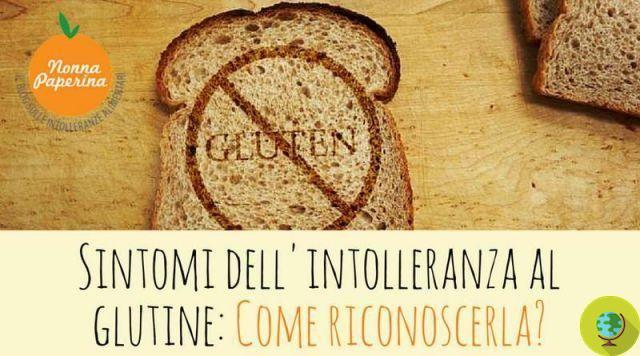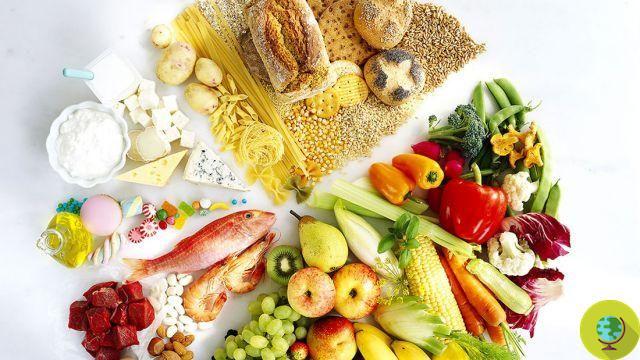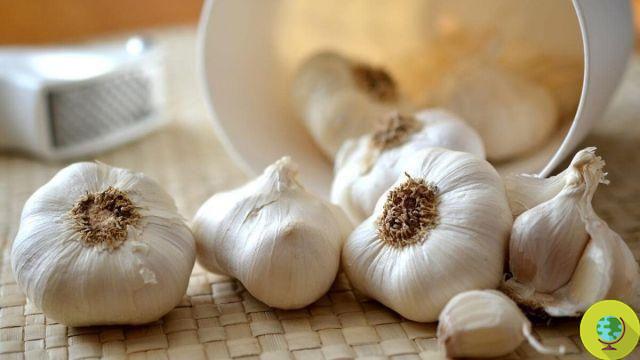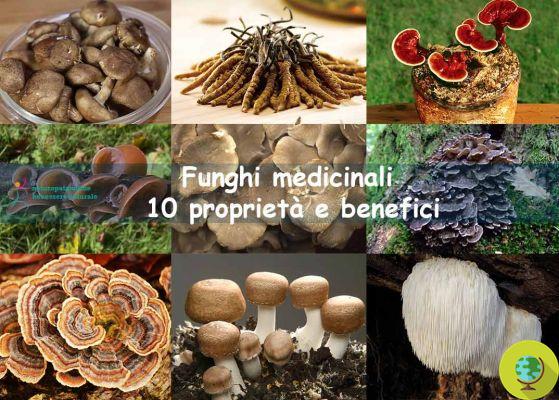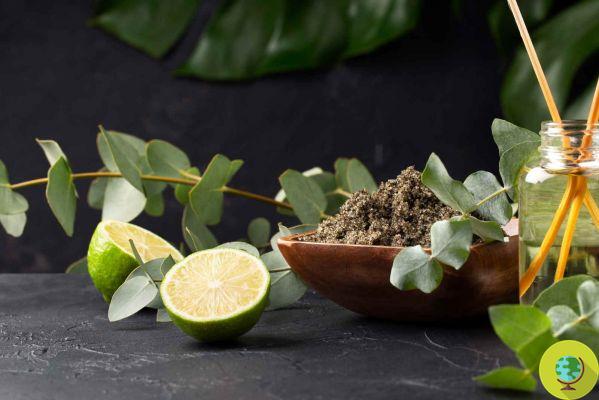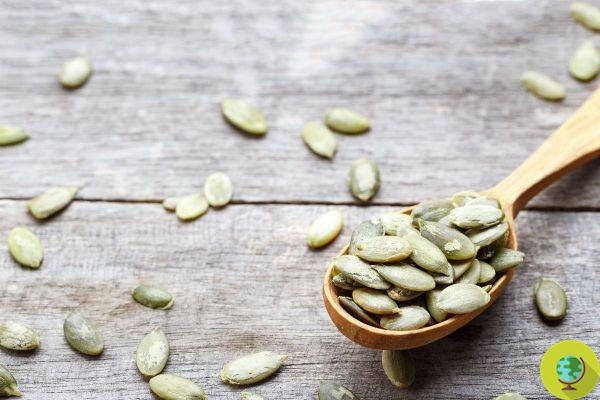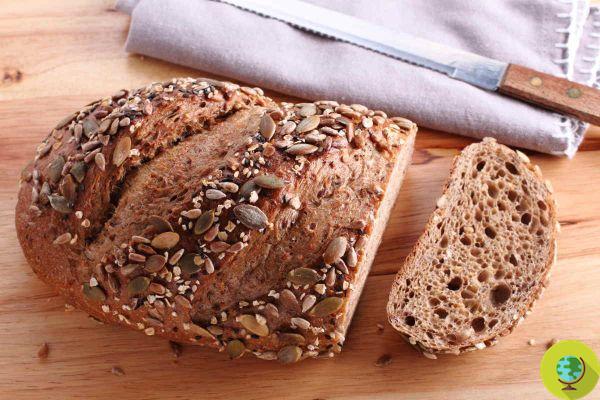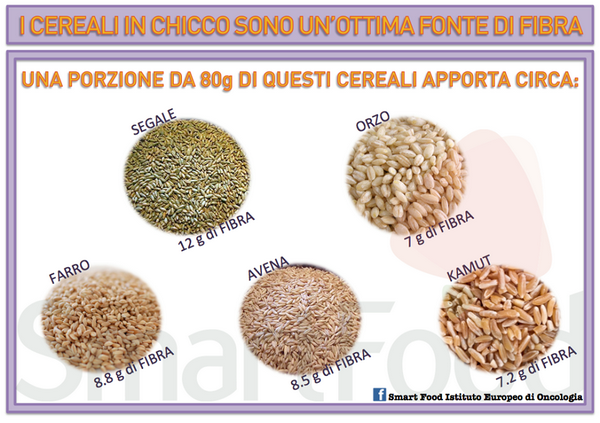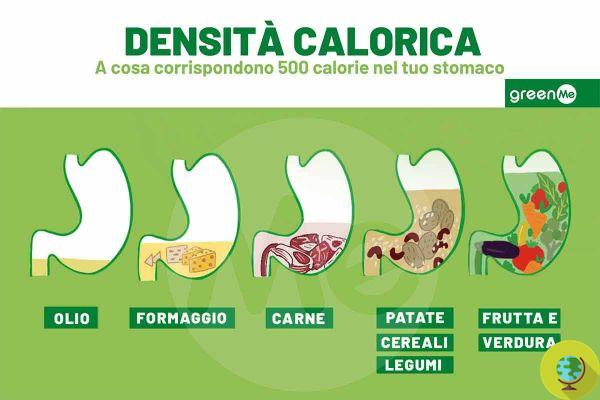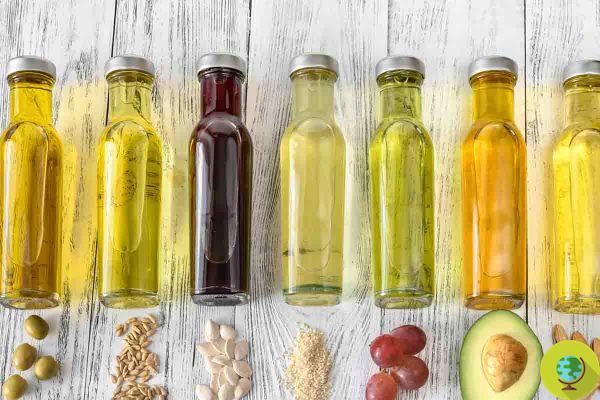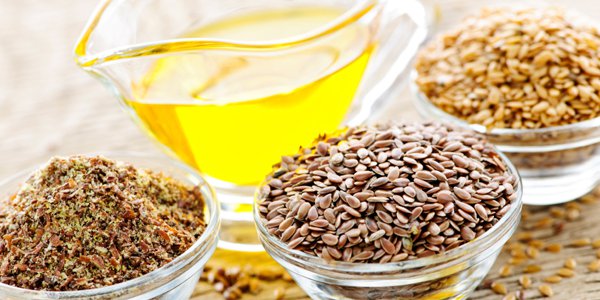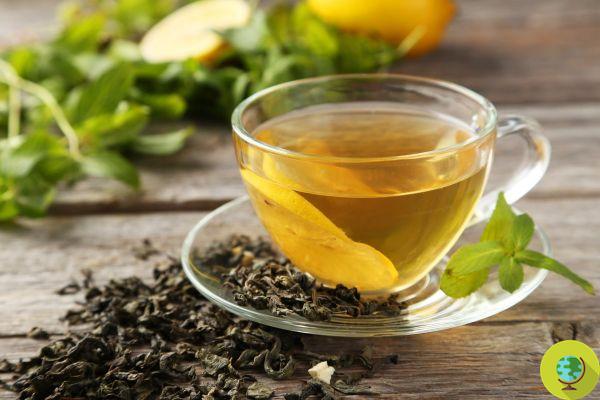
A product made with refined flour to which bran has subsequently been added can also be labeled as wholemeal. Most of the "wholemeal" flours on the market and "wholemeal" products are made just like that.
Don't store avocado like this: it's dangerous
Many people choose to eat bread, pasta and products made with wholemeal flours as they are nutritionally better and healthier. When you go to the supermarket, however, you are faced with a series of flours and products that, although labeled as wholemeal, are not actually wholemeal.
This is perfectly legal, in the sense that the law n.187 of 9 February 2001 establishes that a flour can be defined as wholemeal when the ash content (minerals) is between 1,30 and 1,70 per hundred parts of dry matter. This means that can be labeled as integral also a product made with refined flour to which the bran to make it darker. Most of the "wholemeal" flours on the market and "wholemeal" products are made just like that.
The main reason manufacturers choose to do this is that truly wholemeal flours keep for a much shorter time compared to the refined ones, we obviously have every interest in making products that deteriorate very slowly so that they can remain on supermarket shelves longer.
How to defend against this? First reading the product label or the flour you want to buy. The basic ingredient must be wholemeal flour only and not white flour (0- 00) plus bran or small bran, otherwise the benefits of choosing wholemeal are eliminated and you will buy poor quality products at a high price. In the case of ready-made products, then, you can also look at the color which must generally be dark and fairly uniform not clear with darker dots (otherwise it is precisely the added bran).
WHERE TO FIND THE TRUE WHOLEMEAL FLOUR
In traditional supermarkets it is really difficult to find original wholemeal flour. Of course organic whole flours are the safest to buy, although it is always good to read the label because the problem of adding bran can always arise. The best choice is undoubtedly to buy not only organic but also wholemeal flours stone ground and if possible produced by small local farmers, the expiration date will be shorter but the flour will certainly be of excellent quality. So go to an organic food store, to the market or directly to some trusted producer.
Alternative for true lovers of homemade products is that of buy a small homemade mill and grind fresh flour every time you need it, getting organic wheat if possible from small producers in the area.
As regards the bread, it is really very difficult to find it truly integral. Ask in organic shops or, better still, prepare it yourself at home with sourdough. HERE a recipe that can come in handy.
Read also:
- Natural food: beware of wholemeal flour!
- Wholemeal bread with sourdough




